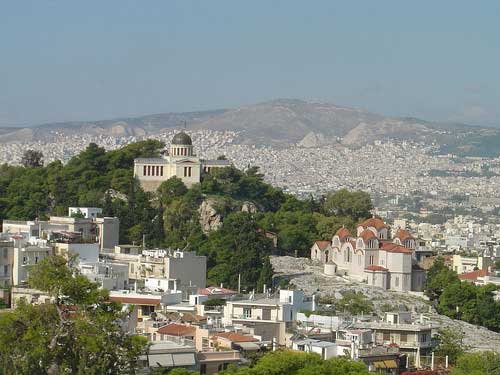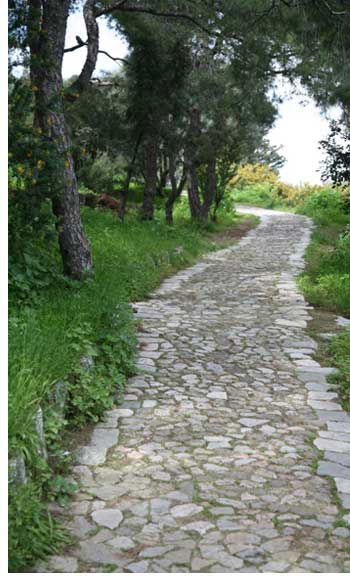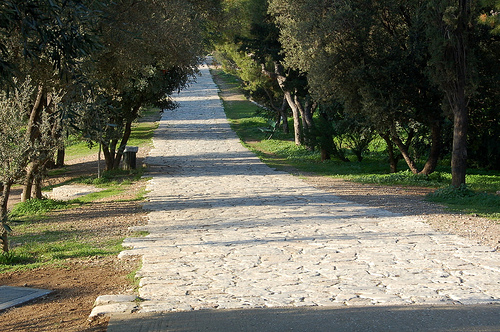The Hill of the Nymphs - Pnyka


The hill of the nymphs seems to be the extension of the hill of the Muses and it is 105 m high. From the end of the 6th c BC it has been established as a place where the Ecclesia tou Dimou, the principal assembly of the democracy of ancient Athens, convened. It is a landmark of the 5th c BC.
From the ancient years this was a sacred location dedicated to the Nymphs, ethereal substances. Oddly, while Christianity displaced the Olympian gods it did not displace the nymphs who stayed live through the traditions of the people. According to legends, the nymphs dominate nature, the souls and sometimes the sane.
At first, the amphitheatrical location of Pnyka had an orientation towards the Acropolis. During 404-3 BC the orientation changed and at the same time the semicircular level was broadened and an elevated wall was built.
During the years of Lykourgos (330-326 BC) the location almost takes the form that it has today and "vima" is carved on the natural rock next to the carved sockets where the dedications of great Zeus were placed. It is believed that the altar of Zeus Agoraios which was situated above the vima, later moved to the Agora. The position of the solar clock of Meton is placed to the southwest.
In the end of the 4th century BC the activities of the non-democratic ecclesia tou dimou are moved to the theatre of Dionysos. The hill of the nymphs was linked to the neighboring hill of the muses. The ancient municipalities of Meliti and Koili were developed on the periphery of the hill.






